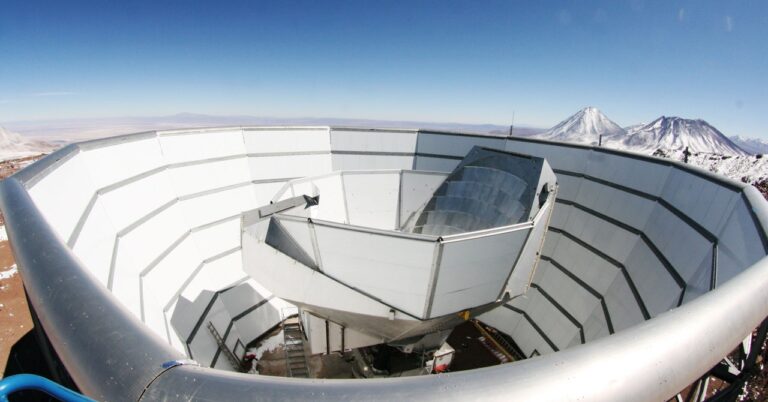
[ad_1]
But the word “most” is important. The ACT team’s findings agree with studies of the CMB made with instruments like the European Space Agency’s Planck telescope, which together cover the first 8 billion years of the universe’s life. But there are still significant discrepancies between these findings about the young universe and observations made by tracking what’s happened over the past few billion years. (Cosmologically speaking, that’s the recent past.)
The ACT findings suggest that something might have changed over the past 5 billion years or so, which made the universe’s expansion appear to speed up slightly and made the distribution of matter seem to get lumpier. This recasts physicists’ views of the cosmological crises, because it means that a CMB-based model still works much of the time—but not for the universe’s whole history.
“The exciting prospect is that there might be some new physics that’s going on here,” Madhavacheril says. For example, the standard model assumes that about 32 percent of the universe is made of dark matter—specifically, a particular flavor called “cold dark matter particles,” which move relatively slowly. But he thinks it’s worth exploring the existence of other possible options, like hypothetical particles called axions, which would be extremely light and could form structures differently than cold dark matter.
Another idea, he says, is that perhaps gravity has slightly different effects over vast spatial scales. In that case, gravity’s effects would have gradually changed how the universe took shape, and Einstein’s theory of gravity might need to be modified.
But to justify such radical solutions, scientists have to be really, really sure about their measurements. That’s where Wendy Freedman, an astronomer at the University of Chicago, comes in. She’s an expert on using pulsating cepheid stars as “standard candles.” These stars have well-known distances and brightnesses that can be used to calibrate measurements of the universe’s expansion. She and her colleagues are making a new Hubble constant assessment with the powerful James Webb Space Telescope, which has 10 times the sensitivity and four times the resolution of Hubble. Her team will compare their results to ACT’s Hubble constant measurements, as well as previous ones from Planck and the South Pole Telescope.
Until then, she argues that caution is warranted when it comes to saying if the model is broken or not. “It’s important to get it right. Planck has set the bar very high. In order to confirm that this is a real discrepancy, you need measurements of the local distance scale that are of comparable accuracy. We’re getting there, but we’re not there yet,” Freedman says.
That said, Freedman thinks it is promising that ACT’s measurements line up with Planck’s, even though they are very different projects. “Here’s another experiment, and they’ve got different detectors, it’s ground-based, they have different frequencies, they have different groups analyzing the data. It’s a completely independent measurement and they’re agreeing extraordinarily well,” she says.
Other astrophysicists, like Priyamvada Natarajan at Yale who specializes in cosmology, are also impressed by the ACT map. “This is a beautiful piece of work,” she says.
[ad_2]